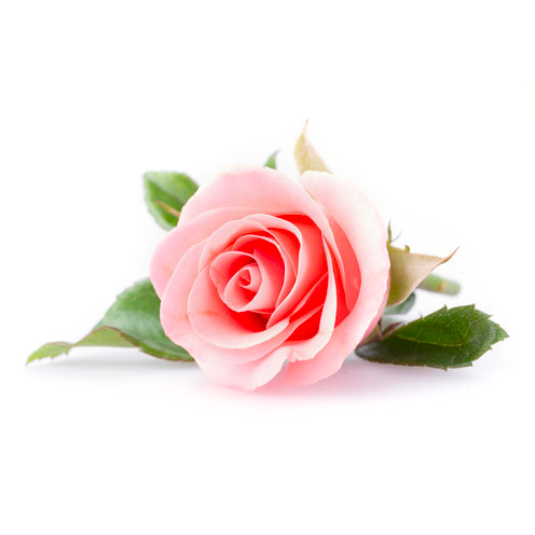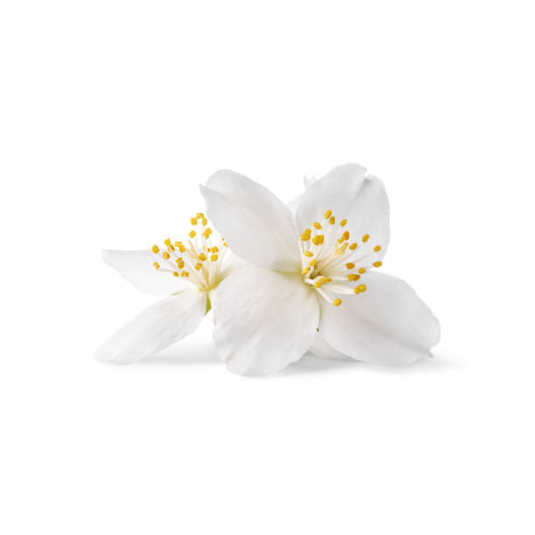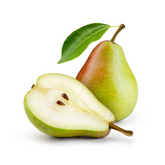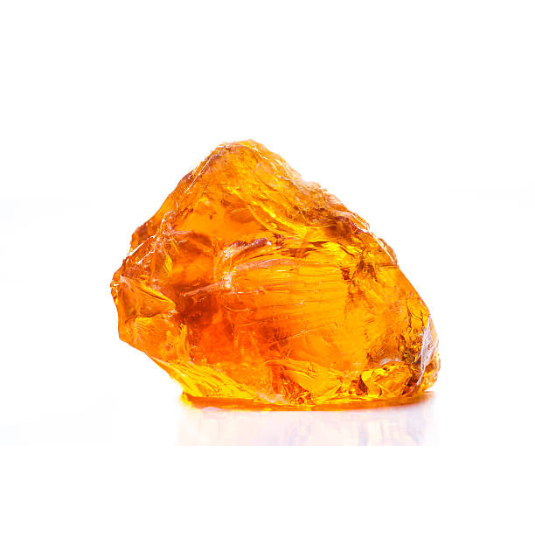What does the word freesia mean?
The word "freesia" is derived from the surname of German physician and botanist Friedrich Freese, who played an important role in the exploration and classification of plants in the 19th century. The name freesia honors his contributions to botanical science, and the etymology of the name reflects the appreciation and recognition of Freese's work, as well as the lasting legacy of the beautiful flower that bears his name.
In the beginning…
The history of freesia dates back to the late 18th century, when it was discovered in South Africa by the renowned botanist Carl Thunberg. Originally known as the "Cape lily," freesia quickly gained popularity thanks to its captivating beauty and captivating fragrance. Its delicate, vibrant blooms quickly won over plant enthusiasts and botanists alike. Throughout the 19th and 20th centuries, freesia's popularity grew, and it became a popular flower in gardens and floral arrangements. Its graceful appearance and alluring scent made it a favorite choice for perfumery, where it added a touch of elegance and sophistication to fragrances.
Today, freesia continues to be celebrated for its rich history, timeless beauty, and enduring appeal in the world of flowers and perfumery.
Freesia, scientifically known as Freesia refracta (Iridaceae), is native to South Africa. Freesia plants are native to the Cape Floral Region, specifically the Western Cape Province of South Africa. From its humble beginnings on the African continent, freesia has spread its appeal worldwide, captivating hearts with its vibrant flowers and distinctive fragrance. Today, freesia is cultivated in various regions around the world and continues to be appreciated for its origin and natural elegance.
The different accords of freesia
Creating freesia perfumes involves the artistic combination of olfactory accords to capture the essence of this delicate flower. Olfactory accords are created by blending various ingredients to mimic the unique scent profile of freesia. To recreate the intoxicating scent of freesia, perfumers often incorporate floral notes such as jasmine, rose, and lily of the valley. These floral accords add a touch of elegance and freshness to the fragrance.
Additionally, fruity accords such as bergamot or citrus can be used to enhance the vibrant and zesty character of freesia. Finally, subtle green or aquatic accords can be included to recreate the rosy, ethereal quality of freesia petals. The careful orchestration of these olfactory accords allows perfumers to capture the captivating essence of freesia and create fragrances that evoke its beauty and charm.
Freesia accords often highlight the flower's sweet and intoxicating scent, reminiscent of a bouquet of flowers in full bloom. The main goal is to capture the fresh, radiant qualities of the freesia flower, evoking a sense of natural beauty and elegance.
To enhance the floral aspect, additional notes such as rose, jasmine, and lily of the valley are commonly used to create a rich and complex bouquet. These floral companions complement and accentuate the inherent charm of freesia, bringing depth and nuance to the overall fragrance.
Freesia accords can also incorporate green and citrus elements to add a touch of freshness and liveliness.
Green notes, such as leaves or stems, bring a lively and vibrant quality, while citrus notes, such as bergamot or mandarin, bring a bright and uplifting character.
In some compositions, freesia accords can be combined with fruity notes to enhance their sweetness and create a more playful and juicy aroma. Fruits like pear, peach, or raspberry can complement the floral aspect of freesia, adding a touch of lusciousness and enhancing the overall olfactory experience.
Finally, to create a well-balanced and long-lasting fragrance, freesia accords are often supported by base notes such as musk, amber, or woods. These base notes ensure the composition's stability and longevity, anchoring the delicate freesia accord and ensuring its presence throughout the fragrance's development.
What did you know about freesia in perfumery?
The aromatic profile of freesia is extremely captivating, offering a sensory experience that embodies the essence of this delicate flower. Freesia is renowned for its captivating and vibrant floral fragrance, which combines sweet and spicy elements in perfect harmony.
The fragrance opens with fresh and invigorating floral notes that instantly awaken the senses. As the scent develops, subtle hints of citrus add a refreshing and zesty touch, creating a vibrant and dynamic aroma. This is underpinned by a sweet peppery note that adds depth and complexity to the fragrance.
The overall impression is one of radiant elegance and pure beauty, evoking images of a sun-drenched garden adorned with freesia flowers. The aromatic profile of freesia is feminine, joyful, and incredibly uplifting, making it a highly valued ingredient in perfumery. Its charming scent adds a touch of sophistication and allure to fragrances, leaving a lasting impression that is both memorable and delightful.
DID YOU KNOW? Freesia offers a whole host of benefits and virtues that make it a popular ingredient in perfumery and beyond. First and foremost, its exquisite floral fragrance is known to have a positive impact on mood and emotions. The scent of freesia is often described as uplifting, joyful, and refreshing, creating a sense of happiness and well-being. It has the power to lift the mood, relieve stress, and promote a sense of relaxation and tranquility.
Freesia is also associated with femininity and beauty, making it a popular choice in women's fragrances. Its delicate and elegant aroma adds a touch of sophistication and grace to perfumes, enhancing their overall appeal. Additionally, freesia is often used in aromatherapy for its mood-boosting properties. It is said to promote feelings of positivity, optimism, and confidence, making it a valuable ally in promoting a positive state of mind.
UNUSUAL! From a holistic perspective, freesia is also associated with the symbolism of purity, innocence, and new beginnings. Its delicate flowers represent the beauty of transformation and the blossoming of new possibilities. Overall, the benefits and virtues of freesia extend beyond its aromatic appeal, making it a highly valued flower with a wide range of positive qualities.
The legendary freesia perfumes
Freesia plays an important role in bringing its unique characteristics and contributing to the overall olfactory compositions of these perfumes:
• In Dior 's Les Créations de Monsieur Dior Forever and Ever , freesia occupies the top note, infusing the fragrance with its fresh, floral aroma, accompanied by jasmine in the middle note and a base note of rose tincture.
• English Pear & Freesia by Jo Malone London features freesia in the middle note, along with pear and rose in the top notes, creating a harmonious blend of fruity and floral elements, enhanced by musk, patchouli, rhubarb and amber in the base notes.
• Chloe Eau de Parfum by Chloé is a timeless and elegant floral fragrance designed for women. This scent opens with a delicate bouquet of peony, lychee, and freesia. These initial notes combine to form a fresh and vibrant introduction, evoking a sense of youthful charm and femininity. As the fragrance develops, romantic and sophisticated middle notes emerge. The middle notes showcase the exquisite essence of rose, complemented by the softness of lily of the valley and the creamy allure of magnolia. Together, these floral notes create a captivating and harmonious heart, exuding grace and elegance. In the base notes, Virginia cedar brings a touch of woody warmth and depth, anchoring the fragrance with its subtle yet distinctive presence. The richness of amber provides a soft and sensual base, reinforcing the overall allure of Chloe Eau de Parfum.
• In Byredo 's La Tulipe fragrance , freesia takes center stage in the top notes, blending harmoniously with cyclamen and rhubarb to create a vibrant and uplifting opening. The heart note, pink tulip, reinforces the floral character of the fragrance, giving it a delicate and elegant touch. The base notes, composed of green notes, vetiver and woody notes, add depth and a subtle earthy note to the fragrance.
• Flowerbomb by Viktor&Rolf is a fragrance that embodies femininity and floral power. The top notes of Flowerbomb open with an intoxicating blend of tea, bergamot, and osmanthus. These opening notes create a fresh and vibrant sensation, inviting the senses into a whirlwind of freshness.
At the heart of the fragrance, a floral explosion unfolds with orchid, jasmine, rose, freesia, and African orange blossom. Flowerbomb's base notes are composed of patchouli, musk, and vanilla. Patchouli brings a woody, earthy depth, while musk adds a sensual, captivating note. Vanilla brings an enveloping softness and comforting warmth.
This fragrance won the FiFi Award for Best National/Print Advertising Campaign in 2006, highlighting its impact and popularity.










